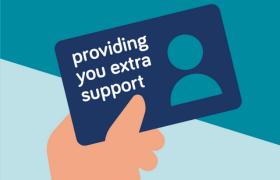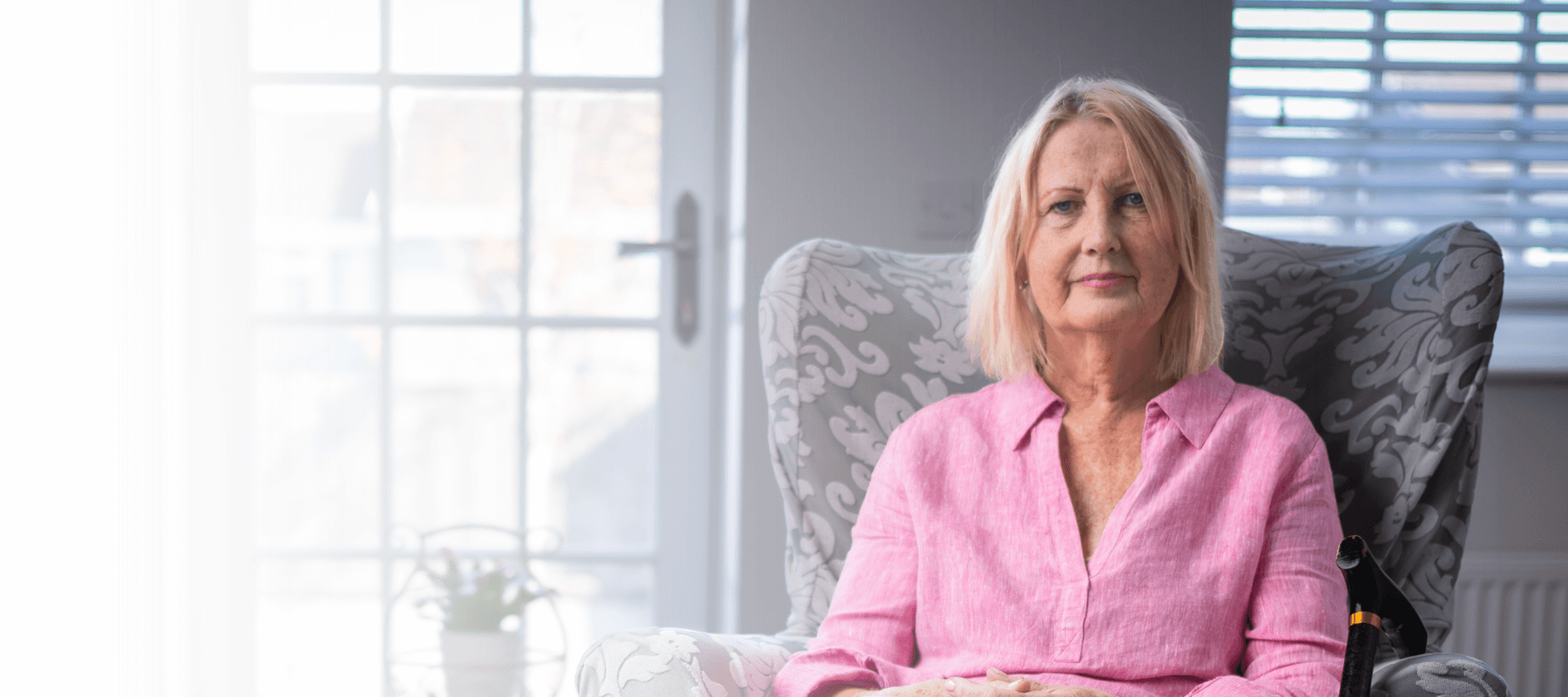DXA scan results - the terminology explained
Blog
06 May 2025
Are you confused about some of the terms used in your DXA scan results? Here's a quick guide to some of the most common words and phrases you might see.
If you’ve read our guidance on how to prepare for a DXA (DEXA) scan, you’ll already know what to take, what to wear and what you can expect on the day.
Members of our online community have been sharing their experiences, too, offering valuable peer support: “For me, having the scan was easy and absolutely nothing to worry about,” one member recalls. “Just lie on a bed and the scanner gently passes over the top of you, no noise and no enclosure, all open. It took about 20 minutes. Wear something loose and casual with no metal bits.”
Another recommends asking questions to your radiographer or GP and not to feel as though you’re being a nuisance by speaking up: “Say if you don’t understand what’s going to happen or how this may affect you.”
But it’s the results that seem to be causing the most frustration and confusion.
“It’s very clear from this forum that people have huge problems decoding the DXA scan results and the FRAX score,” said one member. “I was baffled by mine, and I have relatively high education and work research skills.”
So, with that in mind, we’re going to explain some of the more technical terms you may see on your DXA scan results.
Remember, DXA scans are only one of the things that help us understand the strength of our bones. If you need more help to understand your results, your first port of call should always be your GP or specialist. They’ll be able to explain the results in the context of your overall health, age, family history and so on.
DXA scan results - what does the wording mean?
- Bone mineral density (BMD)
This is another way of saying bone density.
- T-score
The result of your bone density scan may be given as a number called a T-score. The T-score compares your bone density to the normal range found in young healthy adults.
- Normal (+1 to -1) - Your bone density is in the normal range for a young adult. 0 is the mid-point of the normal range.
- Low bone density (-1 to -2.5) - Your bone density is slightly below the normal range for a young adult. This is also known as the osteopenia range. This score is expected in older adults.
- Osteoporosis (-2.5 and below) - Your bone density is much lower than the normal range for a young adult. This is also known as the osteoporosis range.
The scores help guide if you may need a medicine. Usually, the lower the score the more likely you are to be prescribed an osteoporosis medicine. But your bone density scan results do not give a complete picture of your bone strength. This is why a full fracture risk assessment is so important. Other risk factors, such as old age, will be added to your bone density scan result as these may be affecting bone strength in ways not shown by the scan. The decision to offer you a medicine is based on your overall chance of breaking a bone in the next 10 years rather than just your bone density. This means you could be told you are in the osteoporosis range but would not need a medicine. Or you could be in the osteopenia range and be recommended medicine.
- Z-score
You may be given your bone density scan results as a Z-score, alongside your T-score. The Z-score compares your bone density to people of the same age as you. As bones get generally weaker as we reach old age, your Z score might be normal for your age but your bones may still be weak enough to need a medicine.
- Standard deviations
Standard deviation (SD) measures the difference between a result and the expected value. It compares your bone density to the normal range found in young healthy adults (+1 to -1 with 0 as the mid-point of the normal range, as described above).
- Trabecular Bone Score (TBS)
TBS is calculated from bone density scan images. It looks at the structure inside bones and scores the structure. This score is sometimes added to a fracture risk assessment or bone density scan results to help healthcare professionals assess your chance of breaking a bone. You will not always have a TBS score.
- Femoral neck
Your femoral neck is part of the top of your thigh bone. It is one of the places scanned during a bone density scan. It is sometimes called the ‘neck of femur’ or ‘NOF’. It is not related to your neck.
- Risk of fracture
Risk of fracture is a broad term meaning risk of any type of fracture(broken bone) linked to osteoporosis.
- Risk of compression fracture
Risk of compression fracture means risk of spinal or vertebral fracture specifically. You may also hear this described as fragility fractures in the spine.
Do I need a follow-up scan?
Your doctor may suggest another bone density scan in the future. Bone density scans help to:
- monitor your bone strength
- reassess if you would benefit from an osteoporosis medicine
- support an osteoporosis medicine review.
When should I have a follow-up DXA scan?
You will normally have a scan every two to five years. The reason for this is bone density changes very slowly over time. If you have scans too close together you will not see any change. You may not need a repeat scan if there are other clear signs you need to stay on a medicine, such as previous spinal fractures.
At what age should I get a bone density test?
There is no set age to have a bone density scan. You may be referred for one if:
- you’ve broken a bone easily or had repeated fractures
- you have symptoms of spinal fractures, such as height loss, change in posture or unexplained back pain and an x ray has confirmed them
- you have risk factors, such as a medical condition or medication, that causes osteoporosis
- your bone strength is being assessed
- you may benefit from an osteoporosis medicine
- you are of an age when bone density and strength decreases - after the menopause or later in life.
Our free risk checker helps you discover your risk of osteoporosis. It takes just three minutes and gives you a personalised report so you can take positive action for your bones.
Research to help people understand their DXA scan results
Existing osteoporosis medicines are proven to be effective at preventing broken bones. That’s why we want to help more people have the confidence to stay on their treatment. We understand that part of that confidence comes from being able to understand your DXA scan results as part of the range of tests used to understand bone strength. That’s why this was the focus of one of our recent supported research projects.
The INDEX research study, led by Keele University, spoke to patients to explore their understanding of their recent bone density scan. Importantly, patients often didn’t know what to expect when they attended the scan and had difficulty working out what the results meant for them and their lives.
In response to the findings, the INDEX team are working closely with patients, health professionals and the ROS to create bone density scan information resources, like leaflets and animations. These resources will help patients to understand what to expect before, during and after their scan, and what their results mean.
Learn more about bone scans and tests
Our health information includes everything you need to know about scans and tests for your bones.
Need more help understanding your DXA scan results? Call or email our specialist nurse Helpline on 0808 800 0035 or email nurses@theros.org.uk
 Search
Search
 Login
Login


